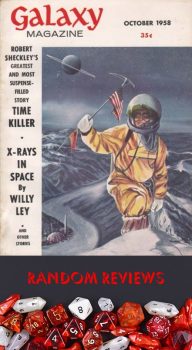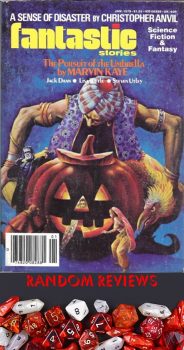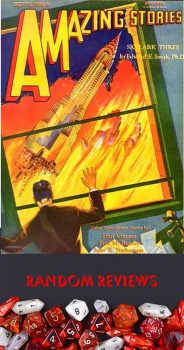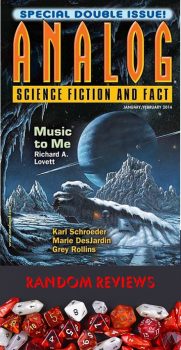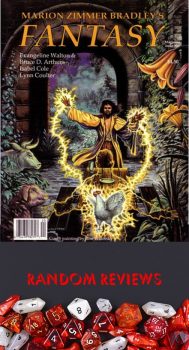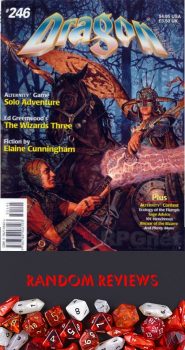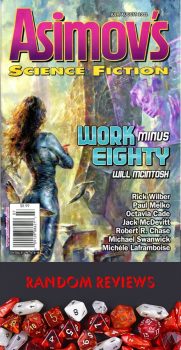Random Reviews: “In the Bookshadow” by Marianne de Pierres
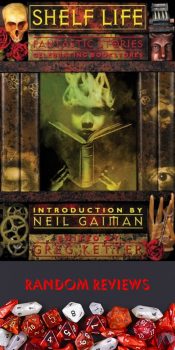
In 2002, Greg Ketter, the owner of Minneapolis’ DreamHaven Books, published the original anthology Shelf Life: Fantastic Stories Celebrating Bookstores. The anthology includes one of my favorite stories, P.D. Cacek’s “A Book, By Its Cover.” It also included sixteen other stories, and, while I have re-read Cacek’s story over the years, I haven’t necessarily re-read many of the other stories since the book was originally published. While the book includes work by major names such as Neil Gaiman, Gene Wolfe, Charles de Lint, Nina Kiriki Hoffman, and Harlan Ellison, it also contains stories by less well-known names, including Marianne de Pierres, who had only published a handful of stories when Shelf Life came out, although she has proven to be more prolific in the years since.
Her contribution of Shelf Life is the story “In the Bookshadow,” which explores some of the more marginal customers at a bookstore. Anyone who has worked in retail knows that there are a variety of customer types. Most come and, make their purchases, and leave, the presence only noted by the brief exchange at the cash register. Others are star customers. The staff knows them and looks forward to their visits. They are personable, spend a lot of money, and make the employees feel as if they are doing a real service. De Pierres’ protagonist is the employee who takes care of the marginal customers who give everyone else the willies.
When she begins to start seeing things out of the corner of her eye in the bookstore, she points them out to the customers, who don’t confirm her visions, but also appear to be doing something to protect her from the strange entities that seem to appear when nobody else is around.
